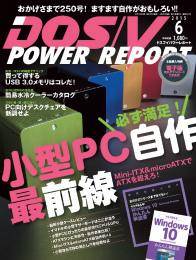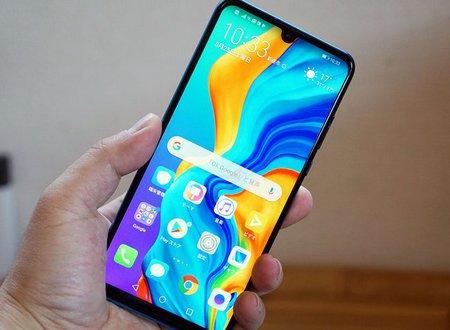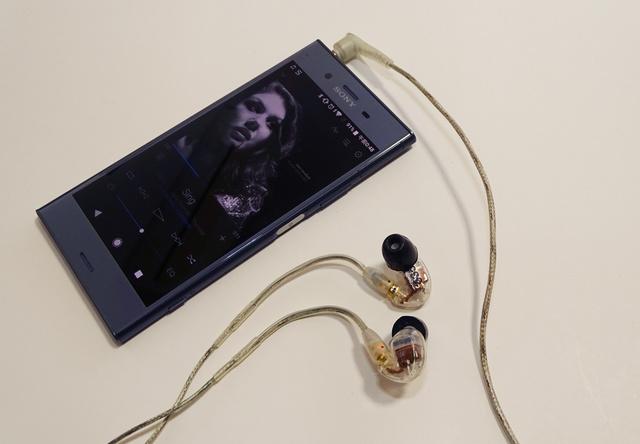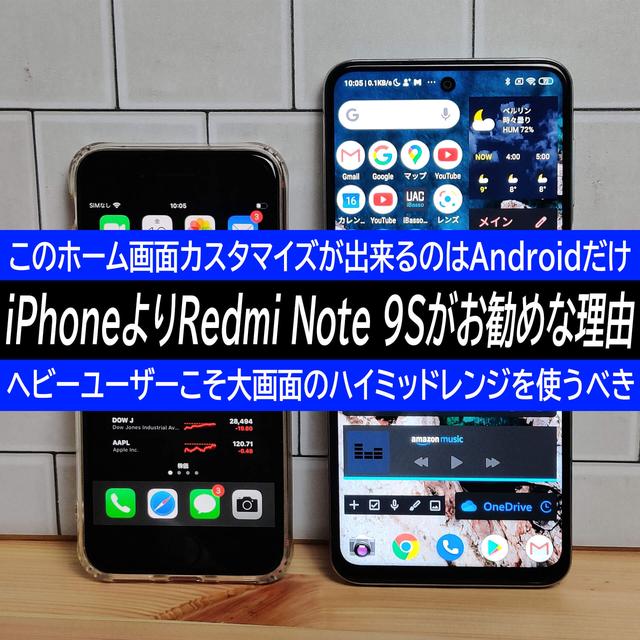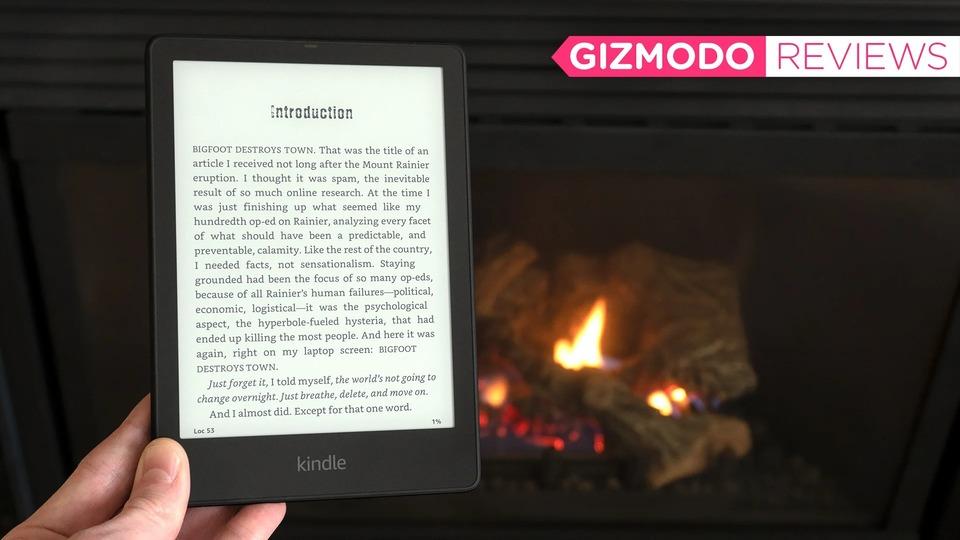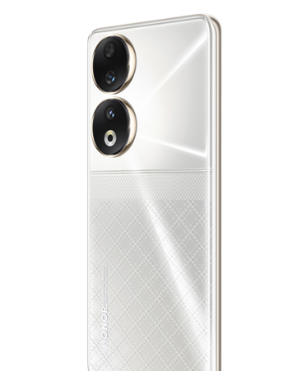In the last few years, remote work has become familiar, and opportunities to work not only at work but also at home, cafes, coworking spaces, etc. have increased. Any laptop was fine when I had a place to work, but when it comes to moving from one place to another, the choice of mobile laptop for business changes a bit.
Therefore, using the standard mobile notebook PC "HUAWEI MateBook 14" that just appeared in March as an example, we will introduce the points and trends that we want to emphasize when choosing a mobile notebook PC.
The first points to look at are "screen size," "basic performance," and "lightness."
There are three basics when choosing a mobile notebook PC: (1) "screen size" (2) "basic performance" (3) "lightness". Here, we will explain how to check these three points using "HUAWEI MateBook 14" as an example.
For general notebook PCs, the large size of 15.6-inch is the mainstream. The screen is large and easy to see, but the size of the main body is huge and the weight tends to be heavy, so it is not suitable for mobile notebook PCs.
Therefore, the mainstream of mobile notebook PCs is 13.3-14 type. HUAWEI MateBook 14 adopts a large 14-inch mobile notebook PC. It is a model that is both easy to work and easy to carry in size and weight.
As for the HUAWEI MateBook 14, what I'm happy about is that it's a 14-inch model, but it's as compact as the 13.3-inch class. This is achieved by thinning the bezel around the screen. Not only does it look stylish, it is also advantageous in terms of size.
The basic performance of a PC is largely determined by the CPU, memory, and storage. In particular, the performance of CPUs for mobile notebook PCs has improved significantly in the last few years, and it may be the most surprising point if you replace the product 5 years ago.
| Model name | HUAWEI MateBook 14 |
| CPU | 11th Generation Intel Core i5-1135G7 Processor |
| memory | 8GB / 16GB |
| storage | 512GB NVMe PCle SSD |
| display | 14-inch (2160 x 1440 dots, aspect ratio 3: 2) screen occupancy 90%, brightness 300 nits, touch operation compatible (16GB memory model only) |
| communication | Wi-Fi 6, Bluetooth 5.1 |
| Interface | USB Type-C (charging, display output, data transfer), USB 3.2 x 2, HDMI, headphone output / microphone input |
| keyboard | Backlit Japanese keyboard |
| others | Fingerprint integrated power button, 720P HD embedded camera, super device |
| size | Approximately width 307.5 x depth 223.8 x height 15.9 mm |
| weight | About 1.49kg |
| OS | Windows 11 Home |
↑ Main specifications of HUAWEI MateBook 14. CPU, memory, storage, etc. can be read from the spec table
Specifically, five years ago, the Core i5-7200U was often used in middle-class products. This is a 2-core CPU with two brains in one CPU. On the other hand, the HUAWEI MateBook 14 is equipped with the Core i5-1135G7. This is equipped with a 4-core CPU, that is, 4 brains. There is also a performance improvement per operating clock, so in reality you can expect more than double the performance.
Now that the use of multiple apps at the same time has increased, the performance of this CPU is directly linked to comfort. The waiting time while launching an app is shortened, and another app runs smoothly without closing the app. This alone should greatly improve your work efficiency.
Next, it is a memory that is often seen lightly, but it is especially effective when using many apps at the same time. Due to the increasing amount of memory required by each app, at least 8GB is now required. The standard is that if you have 16GB, you will not be in trouble for the time being. Unlike desktop PCs, mobile notebook PCs are often difficult to increase memory later, so I would like to choose as many as possible.
For comfort, choose SSD instead of HDD as the storage for storing files. Currently, there are two options, SATA connection and NVMe compatible PCIe connection, but in many cases, PCIe connection is more than twice as fast as file transfer speed. The mainstream is also PCIe connection, so unless you have a good reason, it is safe to choose PCIe connection.
The recommended capacity is 512GB or more. There is no problem with 256GB for the time being, but if you use it as a main PC, you will install many apps and the data will increase steadily. It's safe to have 512GB so you don't have to worry about running out of space for at least a few years.
If you have been using a laptop for a long time, you may think that you don't need that much performance, but you can start the office app during a remote meeting and share the created materials on the screen. It's a common scene to explain while doing. You can do the same with a low-performance PC, but it may cause troubles such as it takes time to display the materials and the application suddenly crashes. Therefore, the margin of performance is important.
Perhaps to meet such needs on the manufacturer side, a model in the middle of the trend with a built-in Core i5-1135G7, 8GB or 16GB memory, 512GB SSD like HUAWEI MateBook 14 is also being developed.
Lightness that can be said to be the cornerstone of mobile notebook PCs. Ideally, it should be less than 1kg so that it will not be a burden when moving, but this is a story for people who carry it all the time and go out all day. If you move from one place to another and the usage time is overwhelmingly longer than the travel time, you don't have to worry about the weight.
However, it is unrealistic to carry a heavy laptop that weighs a few kilograms.
Looking at the HUAWEI MateBook 14, it weighs about 1.49 kg. It's not super lightweight, but it's light enough for things like moving around at home, taking it out to a coworking space, or putting it in a bag when you're on a business trip. This can be used as a guide.
The above three are the basics of choosing a mobile notebook PC. While holding down this basic, let's look at the points that "I'm glad to have" next.
Four points to be more concerned about when choosing a mobile notebook PC as seen in HUAWEI MateBook 14
If you select a product based only on the information that can be understood from the spec table, when the actual product arrives, it tends to be "unexpected ...". Of course, if you look at the real thing at the store and buy it, you can reduce such a discrepancy, but there are some parts that you can not realize unless you use it for a long time.
Let's take the HUAWEI MateBook 14 as an example to check these parts that are difficult to understand unless you actually use them.
The size of the screen can be easily understood from the spec table, but it is difficult to realize the aspect ratio and resolution. The most common is 16: 9/1920 x 1080 dots (Full HD), which is used in many notebook PCs regardless of screen size.
16: 9 is the same ratio as a regular TV, and it's easy to accept because you're used to it, but you may feel a little dissatisfied when you start using the app. The vertical width is overwhelmingly narrower than the horizontal width.

If you display the PDF document in a two-page spread, the left and right margins are large, and the range that can be displayed in the Excel table is narrow. It should be easy to feel, especially in the business scene where documents are often dealt with.
The HUAWEI MateBook 14 uses a liquid crystal display with a resolution of 2160 x 1440 dots and an aspect ratio of 3: 2. Compared to full HD, the resolution is higher and the vertical ratio is larger, so it is an advantage that documents can be displayed without waste.
Also, because the resolution is purely high, the amount of information that can be displayed is large. You can see this by opening the Excel file.
With 1920 x 1080 dots, only the 27th line of the template invoice could be displayed, while with the 2160 x 1440 dots HUAWEI MateBook 14, up to the 43rd line can be displayed. All the information you need is on one screen.
When I use it on the go, I am worried about the power supply problem. You can charge it with the AC adapter wherever you can borrow power, but not everywhere. Also, seats with outlets are often limited.
Even in such a case, you can rest assured that the model can be battery-powered for a long time. If you work all day without power, 8 hours or more is the minimum requirement. Considering the margin, 10 hours or more is a guide.
The battery life of the HUAWEI MateBook 14 is about 12.9 hours or more that can be used firmly (JEITA 2.0 standard). Moreover, if you charge quickly with the included AC adapter, you can use it for about 2.5 hours in 15 minutes, so you can rest assured even if you can only use the outlet for a short time.
The included AC adapter is USB Type-C and PD compatible, so it can be used with other devices such as Android smartphones.
Mobile laptops should have many opportunities to connect to peripheral devices such as external displays and mice, not only at home but also on the go.
At that time, the type of interface is important. Even though the number of devices that support USB Type-C has increased, the mainstream is still USB Type-A, so it can be said that the first point is that it is also equipped with USB Type-A.
The second is HDMI. Display output from USB Type-C is often possible, but a conversion cable is required to connect to devices with HDMI input. In that respect, if you have a mobile notebook PC with HDMI, you can get through the pinch just by renting the HDMI cable of the other party.
Looking at the interface of HUAWEI MateBook 14, it is equipped with USB Type-A x 2, USB Type-C, HDMI, and it is compatible firmly. In particular, USB Type-A x 2 can be said to be a practical configuration because it can use a USB memory as well as a mouse at the same time.
By the way, the USB Type-C installed in the HUAWEI MateBook 14 supports not only USB device connection, but also charging and display output. If you connect it to an external display that supports USB PD with a Type-C cable, you can charge and output the display with just one.
Biometrics is a useful but not essential feature. Face recognition and fingerprint recognition dramatically reduce the chances of entering a password with people around you, reducing the risk of your password being revealed by peeping. Especially for people who often use it outdoors, it will be a safe function.
The communication function is also important. Not to mention the built-in Wi-Fi, the point is whether it is compatible with the latest Wi-Fi 6. Recently, the price of Wi-Fi 6 compatible routers has been getting lower, so even if you haven't introduced it yet, there is no loss if you consider the future. Furthermore, if you use it a lot outside, you can choose a model that supports mobile communication such as 4G and 5G.
In addition to this, if you want to emphasize operability, it is convenient to have a touch panel that you can operate by touching the screen with your finger, and a cover that prevents unintended use of the camera from the application.
The HUAWEI MateBook 14 is equipped with a fingerprint sensor, Wi-Fi 6, and a touch panel. Also, the camera is a little special, and it is a type that is embedded in the center of the function keys. There are some drawbacks such as the shooting angle becomes steep and the face cannot be seen when used on the lap, but it is encouraging to be able to participate in remote meetings without preparing a separate camera.
HUAWEI MateBook 14 is a highly practical unit that focuses on performance and ease of use.
The HUAWEI MateBook 14 has a number of points for choosing a mobile notebook, but the first impression I got when I actually used it was that the screen was so wide that I couldn't think of it as a mobile notebook PC. It was wider than the 14-inch number, and I felt that the app was easy to use. At 16: 9, there is not much information that can be displayed, and it seems that it was stressful without knowing that dead space was created.
In terms of operability, the large touchpad is attractive. You can move and scroll the pointer freely, so you don't have to rub your finger over small areas.
In addition, the 16GB memory model has a touch panel on the screen. You don't need to move the pointer, click the button, and then return the pointer to the original position .... You can just touch the button on the screen directly. With mobile notebook PCs, the distance between the screen and keyboard is short, so this operation method is surprisingly convenient. I want people who think that a touch panel is unnecessary if it is not a tablet PC to use it.
In addition, because the battery drive time is long and the weight is about 1.49 kg, it seems that the main body is thick, but the thickness of HUAWEI MateBook 14 is about 15.9 mm. It's pretty slim, so it's easy to put it in your bag.
Compared to a lightweight mobile notebook PC that weighs less than 1 kg, it is heavier, and the design with few features tends to give a rugged impression, but you can see that it is particular about performance and ease of use. It can be said that it is a highly practical and attractive one as a business mobile notebook PC.
The height of the cospa that is kind to the nostalgia is also an important point in product selection
The actual selling price of HUAWEI MateBook 14 is 144,800 yen (tax included), which is not so high, but if you want it as a second PC separate from the main PC, it is a fact that a little cheaper is nice.
So, if you don't feel the benefits of features such as aspect ratio 3: 2 and touch panel, you can also choose "HUAWEI MateBook D 14".
The resolution is 1920 x 1080 dots full HD, not compatible with touch panel, memory 8GB, which is slightly inferior, but the CPU is Core i5-1135G7, SSD is 512GB with PCIe connection, which is equivalent to HUAWEI MateBook 14, and the ability is not defeated. Hmm.
Of course, the fingerprint sensor and camera, which are nice for mobile notebook PCs, are firmly installed.
Moreover, the weight is a little lighter at about 1.38 kg, so it seems that people who want to choose with an emphasis on lightness should also choose this.
The price is 129,800 yen (tax included). It's easier to buy than the HUAWEI MateBook 14, and it's almost the same design, not cheap. The aluminum housing has the same robustness, so you can carry it with confidence as a mobile notebook PC.
The appearance is similar to the HUAWEI MateBook 14, but the unique point is that the screen opens up to 180 degrees. In addition to making it easy to show the screen to the person sitting opposite you at the desk, you can also use it like a desktop PC by standing it on a stand with it opened 180 degrees and connecting a mouse and keyboard.
A good model that keeps the price down while firmly holding down the important points as a mobile notebook PC. If you value cost performance, you won't regret choosing the HUAWEI MateBook D 14.
So far, we've seen how to choose a mobile notebook PC, but the HUAWEI MateBook 14, which you can get for around the mid 100,000 yen range while holding down each point, can be said to be a fairly ideal product. On the other hand, if you are looking for a higher cost performance, you should be satisfied with the HUAWEI MateBook D 14. While referring to the points mentioned this time, consider the functions and price range you want, and compare them with various products.
[Photo gallery] * Tap the image to view it. It cannot be viewed from some SNS.





